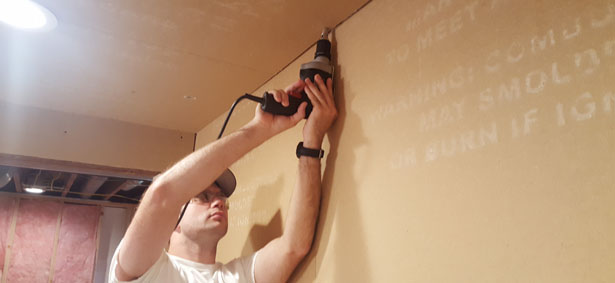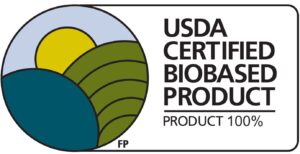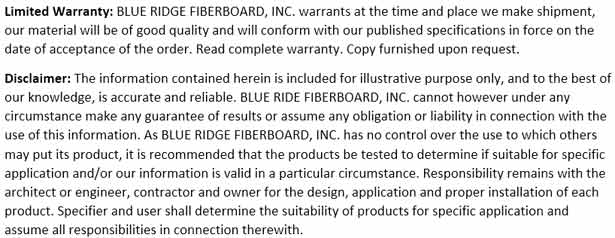SOUNDSTOP – Soundproofing / Sound Deadening Board

SOUNDSTOP
SOUND DEADENING FIBERBOARD
No. 004
![]() Data Sheet | SDS | Guide Spec | Request Brochure | Testimonials | Learn More
Data Sheet | SDS | Guide Spec | Request Brochure | Testimonials | Learn More
Installation Guidelines | Health Product Declaration | Sustainability Attributes
USDA Biopreferred Program Participant Certificate | CDPH VOC Emissions Certificate
DESCRIPTION
SOUNDSTOP sound deadening fiberboard is a high-quality, cost-effective solution to airborne sound reduction. SOUNDSTOP favorably increases both sound transmission class (STC) and outside inside transmission class (OITC) values of walls, ceilings, and floors by absorbing airborne sound vibrations. SOUNDSTOP adds sale/resale value to single- and multi-family home builders and owners at a low cost. Meeting national codes and building standards, SOUNDSTOP is as versatile as it is effective, perfect in applications ranging from walls to ceilings to floors. SOUNDSTOP will exceed your expectations for a quality building product, unmatched in cost-effectiveness and performance.
USES
SOUNDSTOP can be used in homes and commercial buildings where airborne noise and sound transmission from room to room needs to be eliminated. The product also blocks outside noise from heavy traffic, blaring horns, airports, children playing, or other exterior noises that are a concern.
SOUNDSTOP takes shock or sound vibrations that travel through drywall and stops the movement of the sound or shock to the other side. SOUNDSTOP deadens sound transfer from shared walls, corridors, media rooms, workshops, laundries, etc.

FEATURES/BENEFITS
- Most cost-effective noise reduction solution.
- Creates quieter spaces for added enjoyment and privacy.
- Adds resale value.
- Installs easily behind gypsum drywall.
- Contributes to LEED credits for LEED certification.
SIZING/PACKAGING
4′ x 8′ x ½” (46 Pieces per Pallet)
4′ x 9′ x ½” (90 Pieces per Pallet)*
*May not be available in all areas. Contact customer service for details.
SPECIFICATIONS
- Classified by Underwriters Laboratories to ANSI/UL 263, UL File R25702
- Conforms to ASTM C208, Type I, Sound deadening board
- Fire Resistance Rated UL Wall Designs: U305, U309, U311, U339, U387, U411, and U465
- Flame Spread Index 85 Smoke Developed 65
- Sound Transmission Class (STC) 23
APPLICATION
SOUNDSTOP must always be installed behind gypsum drywall in interior wall and ceiling applications, or between two layers of subfloor in floor applications. Install SOUNDSTOP vertically to wall framing with a 1/8″ (3.2 mm) gap between adjoining sheets; at wall, floor and ceiling junctures; and around door and window openings. After application of SOUNDSTOP panels, it is recommended that the drywall is applied as soon as practical.
Existing Surfaces … Make sure that all light switch and electric outlet covers are removed. Walls must be free of any objects sticking out of the walls and ceiling. Proper size mud rings must be installed to electrical boxes before securing SOUNDSTOP. Apply SOUNDSTOP by using drywall screws or drywall nails that are long enough to penetrate the wall stud or ceiling joist at least ¾” (19.1 mm). Place a drywall nail or screw in each corner of SOUNDSTOP and across the middle of each panel. Then apply a bead of acoustical caulk where SOUNDSTOP meets the ceiling, wall corners, and the floor. Install drywall ensuring that joints are staggered and do not coincide with the SOUNDSTOP joints.
Use regular drywall nailing patterns to install drywall, making sure that the fasteners are long enough to penetrate through the drywall and SOUNDSTOP, and enter the ceiling joist or the wall stud at least 3/4″ (19.1 mm). Maximize use of full SOUND- STOP panels to minimize the number of seams.
New Construction … Apply SOUNDSTOP panels vertically with the studs, using proper size drywall nails or screws. Place a drywall nail or screw in each corner of SOUNDSTOP and one nail or screw in the middle of each board. Then apply a bead of acoustical caulk where SOUNDSTOP meets the ceiling, wall corners, and the floor. Install drywall ensuring that joints are staggered and do not coincide with the SOUNDSTOP joints. Maximize use of full SOUNDSTOP panels to minimize the number of seams.
Ceilings in New Construction … Install SOUNDSTOP parallel with the joists. Put one drywall nail or drywall screw in each corner of the SOUNDSTOP and a row of drywall nails or drywall screws across the middle of each SOUNDSTOP sheet. If the outside edges of SOUNDSTOP are not secure, more nailing may be required. Use as many full sheets of SOUNDSTOP as possible to minimize the number of seams. Run a bead of acoustical caulking around the edges of the ceiling before applying drywall. Install drywall ensuring that joints are staggered, and do not coincide with the SOUNDSTOP joints. Drywall nails or drywall screws must be long enough to penetrate through the drywall and SOUNDSTOP and into the ceiling joist at least 3/4″ (19.1 mm). The drywall nail or drywall screw length will vary depending on the thickness of the drywall. Multiple layers also will change the length of the drywall nails or drywall screws. Make sure proper width mud rings are installed to the electrical boxes before SOUNDSTOP and drywall are installed.
PRECAUTIONS
Do not install SOUNDSTOP directly under finished flooring applications. A 5/8″ (15.9 mm) plywood underlayment must be installed on top of the SOUNDSTOP before finished flooring applications. Do not install SOUNDSTOP under studded wall plates.
SOUNDSTOP must not be used in close proximity to chimneys, heater units, fireplaces, steam pipes, or other surfaces which could provide long-term exposure to excessive heat (maximum 212° F) without adequate thermal protection.
In all applications where recessed lighting is used, fixtures must meet local building code; must be UL certified, Type IC rated; and must be installed according to the fixture manufacturer’s instructions on clearance distance to combustible materials.
SOUNDSTOP must not be used as an exposed surfacing treatment.
MASTERFORMAT NUMBER AND TITLE
09 81 13 – Acoustic Board Insulation
LEED INFORMATION
May help contribute to:
MR Credit: Construction Waste Management MR Credit: Recycled Content
MR Credit: Regional Materials
MR Credit: Rapidly Renewable Materials EQ Credit: Acoustic Performance
EQ Prerequisite: Minimum Acoustic Performance (Schools) EQ Credit: Low-Emitting Materials
SOUNDSTOP Fiberboard Testimonials
Product Downloads:

2023-02
SOUNDSTOP – SILENCE IS IMMINENT




Follow Us